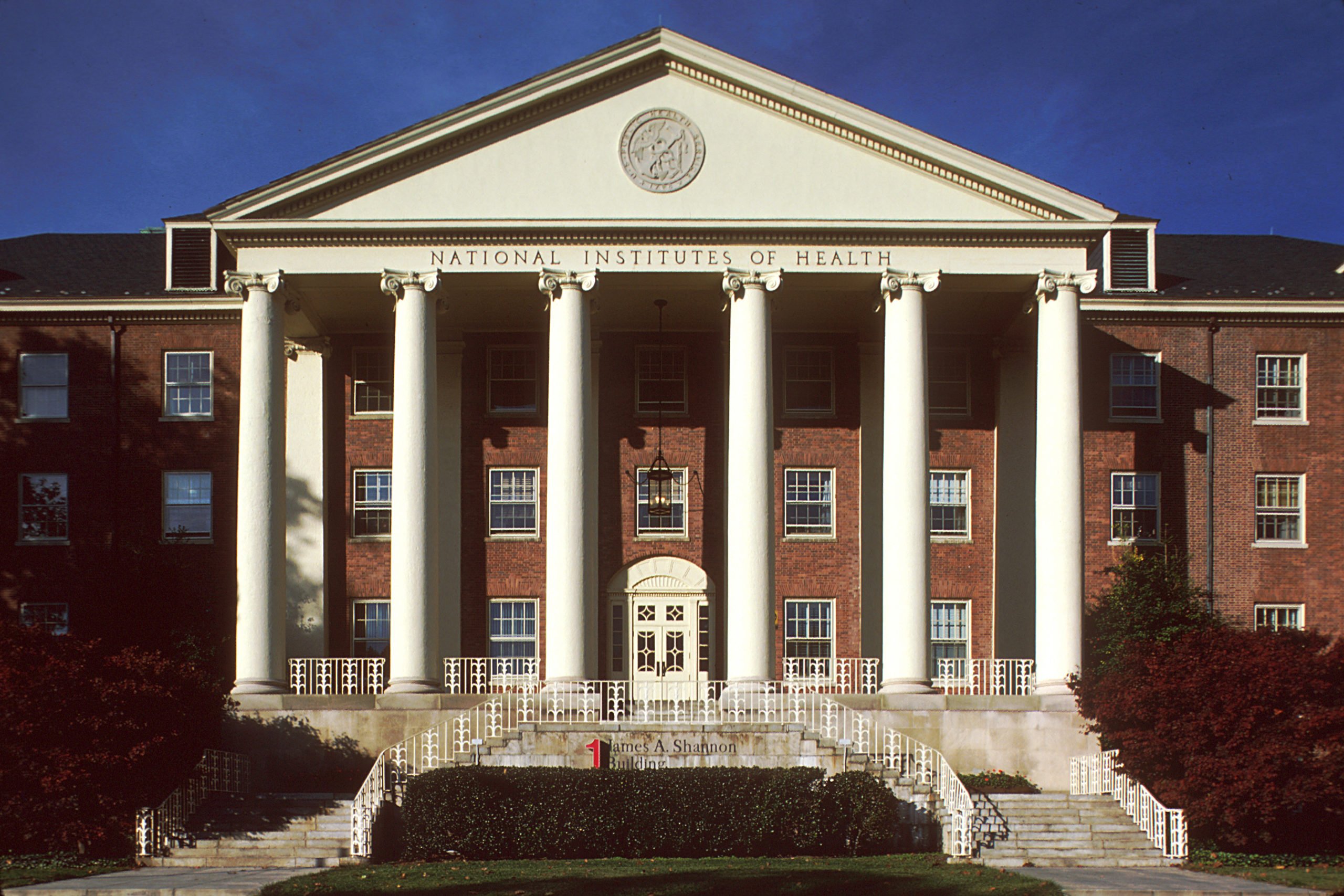WestArmadon
New Member
- Joined
- Sep 1, 2019
- Messages
- 3
- Reaction score
- 0
I realize that US News Rankings are not the greatest/fairest way to compare schools, but should drastic changes in ranking be taken as a red flag? I'm specifically curious about UCLA's drop from 6th to 21st this year. Is this just a fluke, or is there something behind the scenes that may have caused this drop? Is this in any way indicative of the program's trajectory?
Are there any changes to their NIH MSTP funding?
Any insight is much appreciated!
Are there any changes to their NIH MSTP funding?
Any insight is much appreciated!
